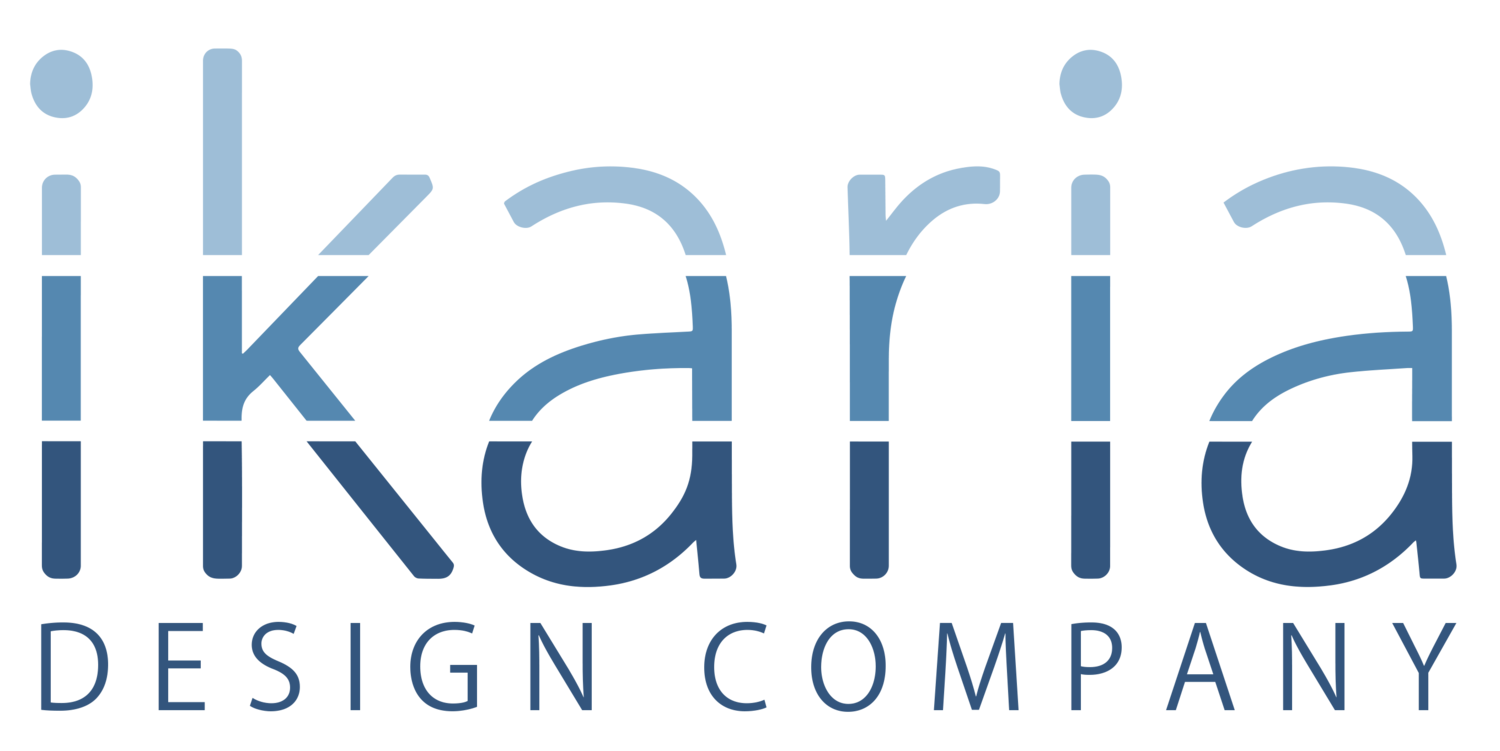Your Next Decision Can Be Your Best Decision
As creative sitters, we know that we’re in constant negotiation with our connective tissue, deciding how long we can stay in one posture before we pay a mobility price, whether or not pushing this limit in a stretch is going to bring pain later, or more often for me, wishing we had held an uncomfortable stretch longer because that joint wasn’t as painful as I had feared.
I was pleased to find an echo of what we preach in a few negotiation books I’ve picked up lately. If you’ve followed us for long, you know we love the phrase, “the best position is the next position.” Meaning, there is no one perfect posture, but movement is key.
Who knew that this principle is also true in the world of negotiation and communication? Negotiation is a series of decisions. There is no perfect contract, no perfect agreement, but there is always the opportunity for revisiting previous decisions.
There is no perfect policy.
There is no perfect product version.
There is simply the next revision, the next iteration, the next conversation, the next negotiation.
When we bring this perspective into a negotiation, whether it is about the price you’re going to pay for a company, which restaurant to eat at tonight, or what game is going to convince your toddler to cooperate in getting their rain boots on, it becomes an entirely different game.
Understanding that the decision of this moment is simply one of a whole string of joint decisions changes the role that vision, purpose, and long-term relationships have in the equation. It also takes the pressure off of all parties.
Have you ever begun a negotiation with a clarification of purpose, an offer of “no” being an option, and a desire to have your counterpart be equally satisfied with the resulting agreement as you? Then you’ve had a taste of this landscape of satisfying decision-making.
We want this for our connective tissue as well. Our tendons don’t want weak bones or muscles even if sometimes they seem to be asking for that. And when our fascia feels a little too tender for the movement we’ve planned, often all it needs is to be listened to carefully, not numbed out with painkillers.
May you keep enjoying the dance of decision-making and give up the search for the one perfect decision to end all decisions.
